YAGEO Releases First to Market 750V Aluminum Capacitors
YAGEO Group launches industry’s first 750V high voltage aluminum capacitors. The ALV70 series, marking a milestone as the first aluminum...
Read moreDetailsFounded in 1977, YAGEO Corporation is a leading global electronic component company with capabilities on a global scale, including production and sales facilities in Asia, Europe and the Americas. The corporation provides one-stop-shopping, offering its complete product portfolio of resistors, capacitors, inductors, transformers, relays, antennas, wireless components and Circuit protection components to meet the diverse requirements of customers.
YAGEO currently ranks as the world No.1 in chip-resistors, No.1 in tantalum capacitor and No.3 in MLCCs and Inductors, with strong global presence – 29 sales offices, 51 Manufacturing sites, 20 R&D centers in 25 nations and 40,000 employees worldwidely.

Headquartered in Taipei, Taiwan, we are creators and collaborators of electrical innovations and solutions that power the world forward.

YAGEO’s broad product offerings are targeting at key vertical markets, including applications for aerospace, automotive, 5G & telecommunications, industrial, medical, IoT, power management, green power, computer peripherals and consumer electronics.
YAGEO serves diversified leading global customers, such as EMS, ODM, OEM and distributors. The company is listed on the Taiwan Stock Exchange since October 1993.
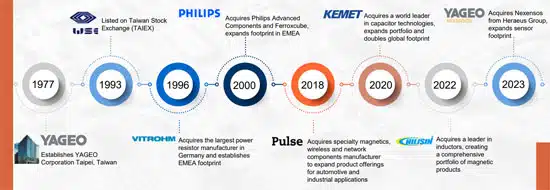

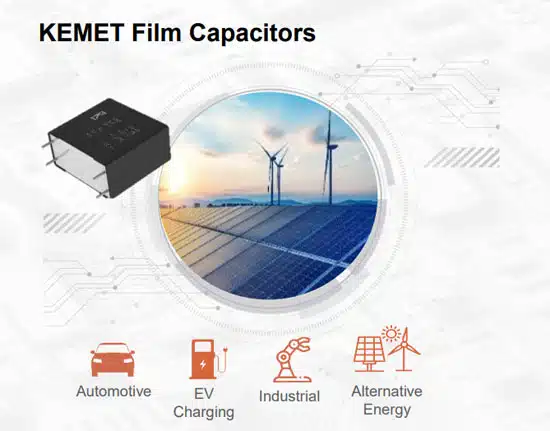
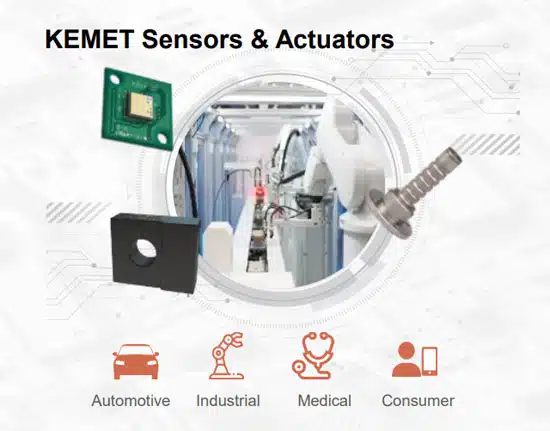
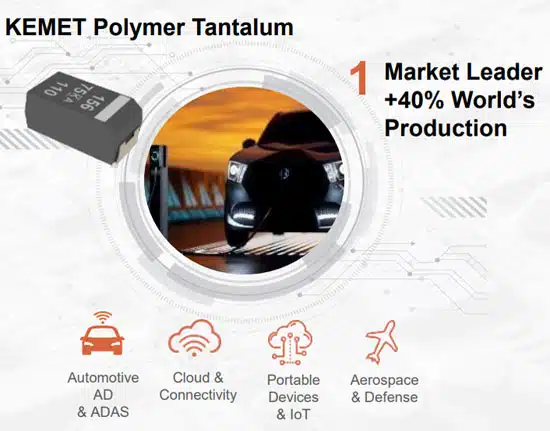
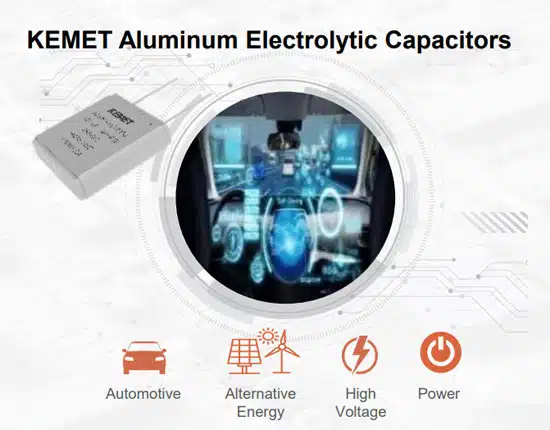
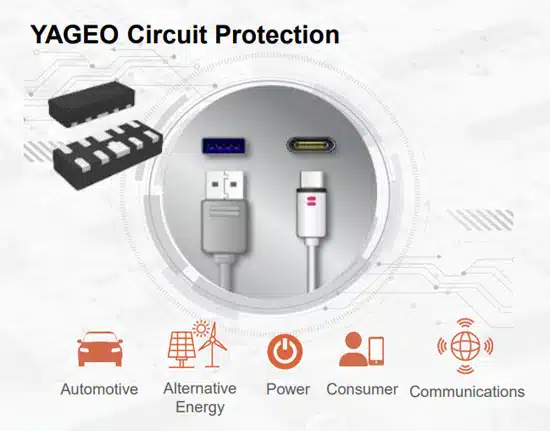

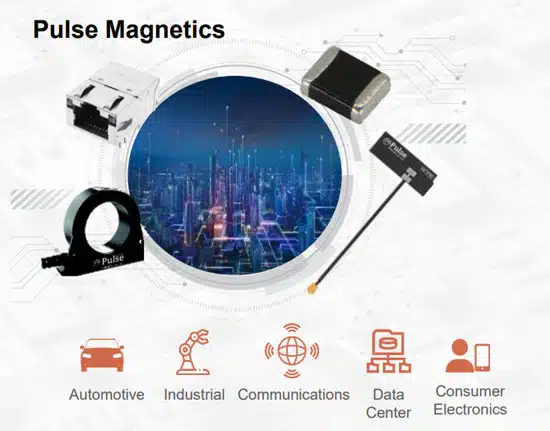
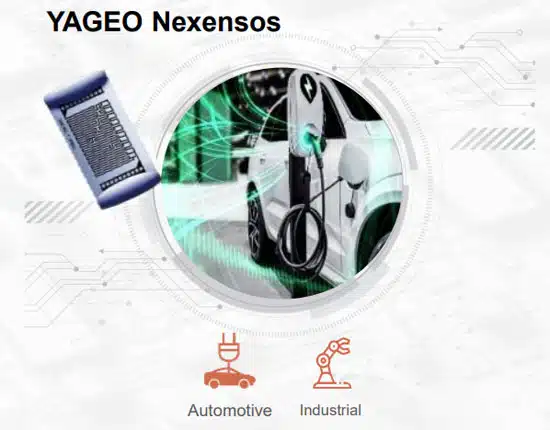
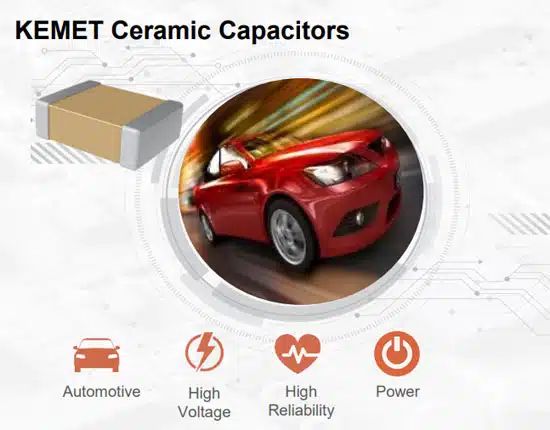

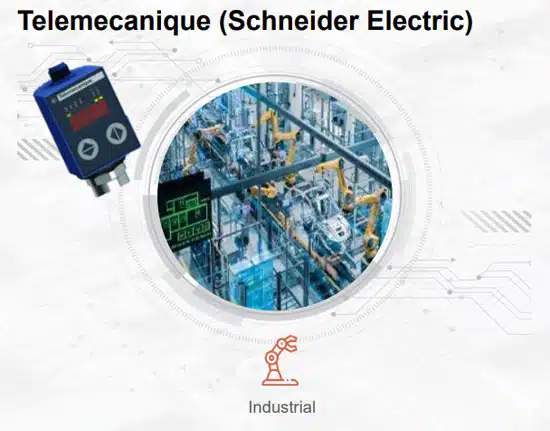
YAGEO Group launches industry’s first 750V high voltage aluminum capacitors. The ALV70 series, marking a milestone as the first aluminum...
Read moreDetails
© EPCI - Leading Passive Components Educational and Information Site
© EPCI - Leading Passive Components Educational and Information Site